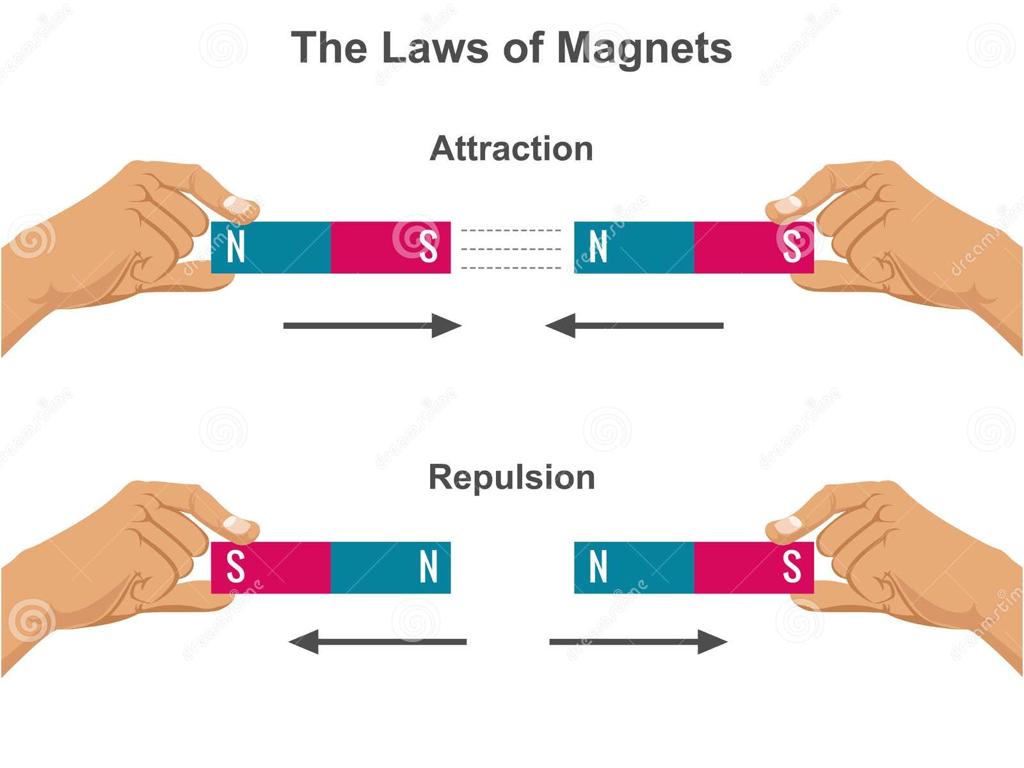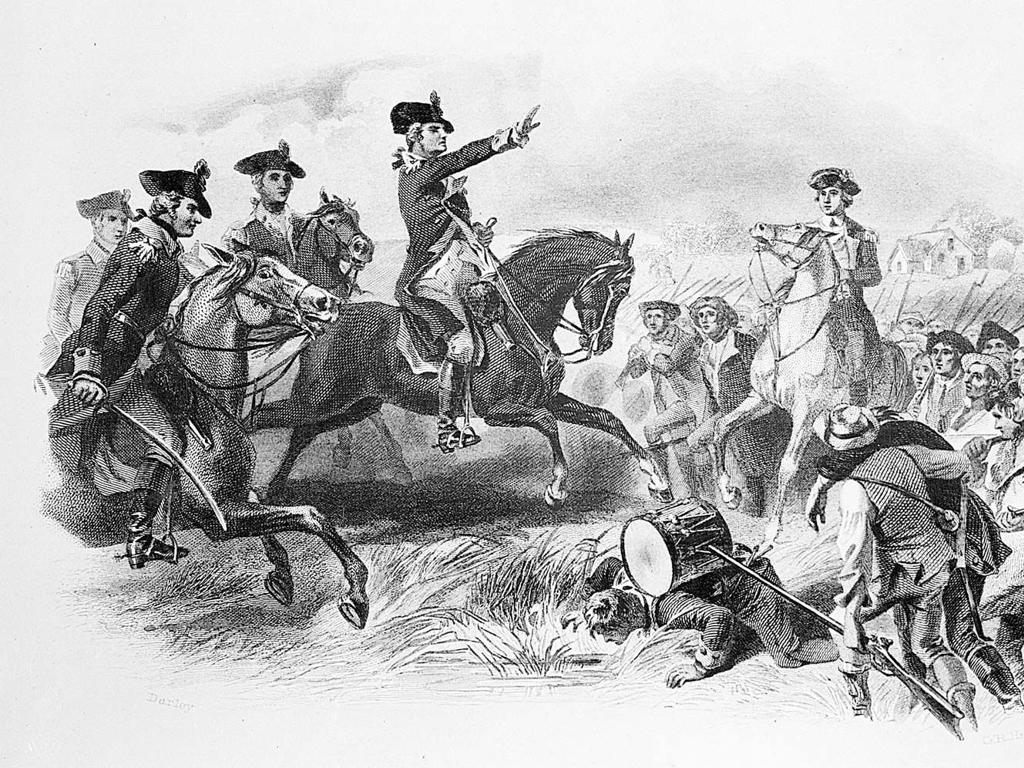Find The Number Of Solutions To A System Of Equations By Graphing
Subject: Math
Grade: Eighth grade
Topic: Systems Of Equations
Please LOG IN to download the presentation. Access is available to registered users only.
View More Content
Exploring Systems of Equations
– Define Systems of Equations
– A set of two or more equations with the same variables.
– Meaning of a ‘solution’
– A solution is where all equations intersect on a graph.
– Systems in the real world
– Examples: budgeting, planning trips, or mixing ingredients.
– Graphing to find solutions
– Use graphs to visually find where two equations meet.
|
Begin with a clear definition of a system of equations, emphasizing that it involves multiple equations we’re looking to solve simultaneously. Clarify the concept of a ‘solution’ in the context of graphing, which is the point(s) where all the equations in the system intersect. Provide relatable real-life scenarios where systems of equations are applicable, such as budgeting finances or determining quantities in recipes. Demonstrate how graphing each equation on the same set of axes can help us visually identify the solution(s) to the system. Encourage students to think of other areas where systems of equations might be used and to visualize the process of finding solutions through graphing.
Solutions to Systems of Equations by Graphing
– One solution: Intersecting lines
– When two lines intersect at one point on a graph
– No solution: Parallel lines
– Lines that never meet, no matter how far they extend
– Infinite solutions: Coincident lines
– Lines that lie on top of each other, sharing all points
|
This slide aims to help students understand the different types of solutions that can arise when graphing a system of equations. A single solution occurs when two lines intersect at exactly one point, indicating that there is one set of values that satisfies both equations. No solution is the result when the lines are parallel, meaning they have the same slope but different y-intercepts, so they never cross. Infinite solutions occur when the lines are coincident, which means they are the same line represented by different equations, and thus every point on the line is a solution. Encourage students to practice graphing different systems to identify the type of solution visually.
Graphing Systems of Equations
– Review single equation graphing
– Recall how to graph one linear equation on the coordinate plane.
– Plot points and draw lines
– Use ordered pairs to plot points and connect them to form a line.
– Understand slope and y-intercept
– Slope determines the steepness, y-intercept where line crosses y-axis.
– Find solutions by graphing
– Where lines intersect is the solution to the system of equations.
|
Begin with a review of graphing a single linear equation to ensure students are comfortable with the basics. Emphasize the importance of plotting points accurately and drawing a straight line through them. Discuss how the slope and y-intercept of a line are crucial for understanding its behavior on a graph. Finally, demonstrate how the intersection of two lines on a graph represents the solution to a system of equations. Provide examples with different slopes and y-intercepts to show one solution, no solution, and infinitely many solutions. Encourage students to practice by graphing multiple systems and predicting the number of solutions.
Graphing Systems of Equations
– Graph two equations on one axis
– Plot both lines on the same graph to visualize the system
– Find the intersection points
– The point(s) where the lines intersect are the solutions
– Check solutions by substitution
– Substitute the intersection’s coordinates into the original equations to verify
– Understand solution types
– Learn that parallel lines have no solution, intersecting lines have one, and coincident lines have infinitely many
|
This slide introduces students to the concept of solving systems of equations by graphing. Students should understand that each equation represents a line and the solution to the system is where these lines intersect on the graph. Emphasize the importance of accurately plotting points and drawing straight lines. After identifying the intersection point, students should check their solution by substituting the point into both equations to ensure it satisfies both. Additionally, discuss the different types of solutions: one solution for intersecting lines, no solution for parallel lines, and infinitely many solutions for coincident lines. Provide examples of each case to solidify understanding. Encourage students to practice with different systems to become comfortable with the graphing method.
Determining Solutions by Graphing
– Analyze graphs for solutions
– Where do the lines intersect?
– Use slope and y-intercept
– Slope: rise/run, y-intercept: where line crosses y-axis
– Examples of solution types
– One solution (intersect), no solution (parallel), infinite solutions (same line)
– Predicting solution count
|
This slide aims to teach students how to find the number of solutions to a system of equations by graphing. Start by explaining that the point where two lines intersect represents a single solution to the system. Emphasize the importance of slope and y-intercept in predicting whether lines will intersect, be parallel, or coincide. Provide examples of each type of solution: one solution (intersecting lines), no solution (parallel lines), and infinitely many solutions (coincident lines). Encourage students to practice by graphing equations and predicting the number of solutions before identifying them on the graph. This will help solidify their understanding of how the graphical representation relates to the algebraic solution.
Graphing Systems of Equations: Practice
– Class example problem walkthrough
– Students graph systems individually
– Use graph paper or digital tools to plot
– Determine solutions from graphs
– Where do the lines intersect? No intersection?
– Discuss solution types and counts
– Understand one, none, or infinite solutions
|
Begin with a guided example problem, demonstrating the process of graphing a system of equations. Then, have students practice graphing systems on their own, using either graph paper or a digital graphing tool. Encourage them to identify the point(s) of intersection, if any, to determine the number of solutions. Discuss the different types of solutions: one solution (lines intersect at one point), no solution (lines are parallel), or infinitely many solutions (lines coincide). This activity will help solidify their understanding of how the graphical representation relates to the solution of a system of equations.
Class Activity: Graphing Systems of Equations
– Pair up and create equations
– Graph your system on paper
– Use graph paper to accurately plot points
– Present your findings to class
– Explain how you determined the number of solutions
– Discuss and verify solutions
– As a class, we’ll check if the solutions are correct
|
In this interactive class activity, students will work in pairs to create their own systems of equations, which they will then graph on paper. This hands-on approach helps students understand the concept of finding the number of solutions through visualization. After graphing, each pair will present their system and findings to the class, explaining their process and reasoning. The class will engage in a discussion to verify the solutions, allowing students to learn from each other’s methods and mistakes. As a teacher, facilitate the activity by providing guidance on graphing techniques, ensuring students understand how to interpret the points of intersection, and confirming the accuracy of the solutions. Possible variations of the activity could include creating systems with one solution, no solution, or infinitely many solutions to cover all possible scenarios.
Conclusion: Solutions to Systems by Graphing
– Recap: Finding solutions by graphing
– Review steps to graph equations and find intersections
– Understand different solution types
– No solution, one solution, or infinitely many solutions
– Homework: Practice problem set
– Solve assigned problems to reinforce today’s lesson
– Emphasize practice importance
|
This slide aims to consolidate the day’s learning on graphing systems of equations. Begin with a brief recap of the steps to graph linear equations and how the intersection points relate to the solutions of the system. Emphasize the importance of recognizing whether a system has no solution, one solution, or infinitely many solutions, and how this relates to parallel, intersecting, and coincident lines. Assign a set of problems as homework to provide students with the opportunity to apply what they’ve learned. Encourage them to attempt different types of systems to become comfortable with identifying the number of solutions graphically. The homework will also serve as a good indicator of their understanding and will be reviewed in the next class.





